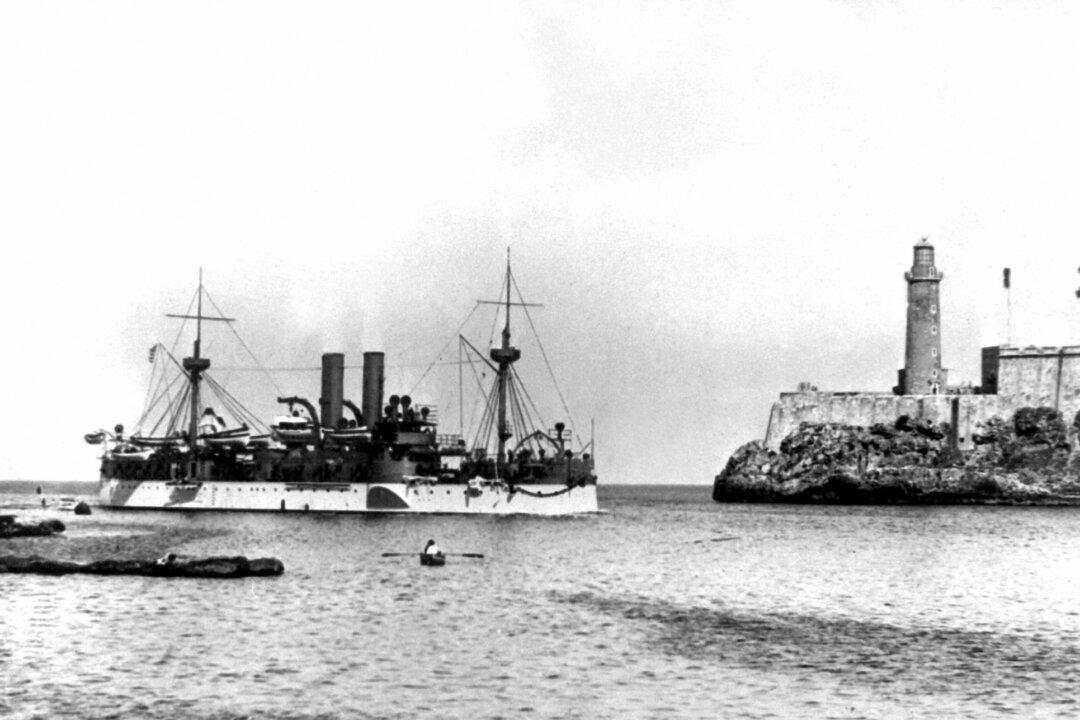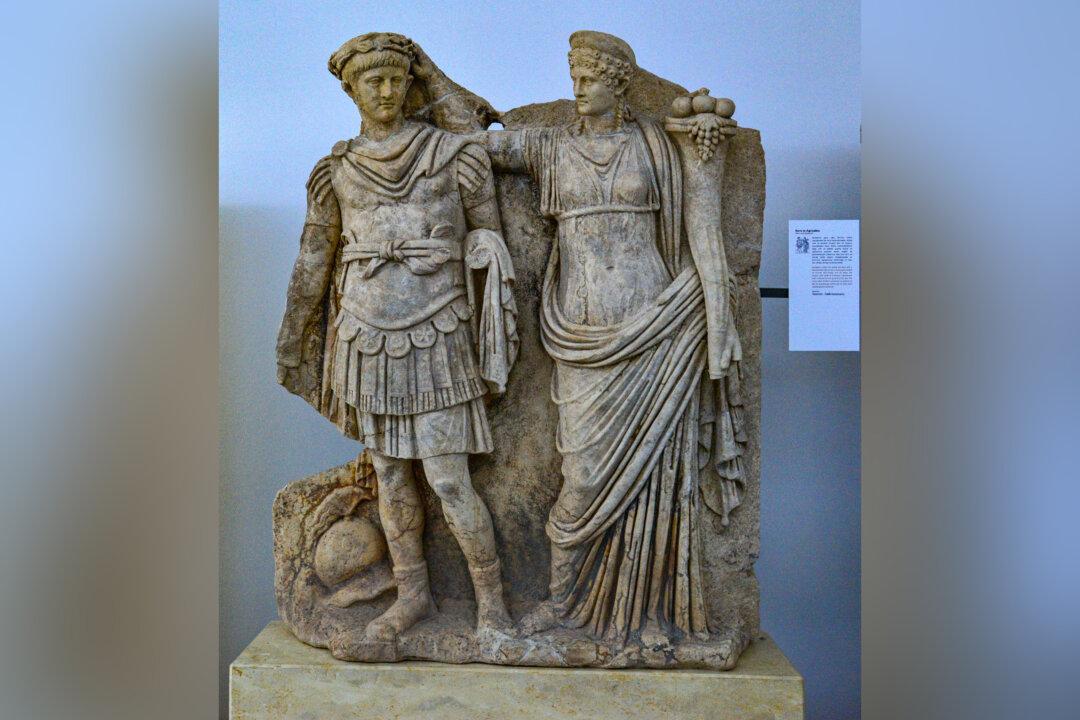Pity France in the early 1400s. The country was embroiled with the English in the Hundred Years’ War. For decades, invading armies had ravaged the landscape and captured huge chunks of territory, costing the French monarchy prestige, vast expenditures, and diminished revenue. The population groaned under heavy taxes levied to support the war and a lavish lifestyle for the royal court, while towns and villages were pillaged and burnt by roving bands of mercenaries and unpaid soldiers.
Off and on, King Charles VI was (as the English say) barking mad. Suffering from bouts of psychosis—perhaps paranoid schizophrenia, perhaps porphyria—he believed he was made of glass and that his courtiers were out to shatter him. He ordered that metal rods be sewn into his clothing so that he would not break. At other times he claimed to be St. George, or would run howling like a wolf down the corridors of his palace. The King’s madness was attributed to diabolic forces, a claim which attracted a crowd of charlatans and magicians to the palace, each claiming to possess a supernatural cure for the poor man’s malady.
His wife Isabeau was suspected of adultery and made wildly exorbitant purchases, drawing criticism for her expensive fashion choices and extravagant parties. When the King fell into a period of insanity, the country was run by one of the great princes, John the Fearless of Burgundy, a nasty, greedy little fellow who poured the national treasury into his own coffers. When the King had moments of lucidity, he was controlled by Charles of Orléans, his younger brother, who was just as much a bloodsucker as Burgundy and who was believed to dabble in sorcery and devil worship.
In 1407, Burgundy solved the problem of rival dukes by ordering Orléans to be assassinated on a dark Paris street as he returned from a rendezvous with the Queen. Burgundy wept copious tears at his cousin’s funeral, but soon blurted out that he was guilty. “I did it; the Devil tempted me,” he cried, and fled the capital. In an amazing trial, his lawyer successfully argued that Burgundy had killed a tyrant, a deed applauded throughout history, and this won him a pardon from the King.
France however was torn asunder by this conflict. When Henry V of England invaded the country in 1415, he made easy progress in a nation on the brink of civil war. He smashed the cream of French chivalry at the Battle of Agincourt and was well on the way to making good his claim to the French crown. Henry was aided in this by making overtures toward the Duke of Burgundy.
Charles the Dauphin, the son of the mad King and heir to the French crown, relied on the support of the Orléanist faction, and tried to woo John the Fearless away from the English alliance. Or so it seemed. In fact, Charles was out for revenge at being kept from power. In the early autumn of 1419, he invited Burgundy to ratify a peace agreement at Montereau, south of Paris. On Sept. 10 at a meeting on a bridge, as Burgundy knelt before Charles, the Dauphin gave a signal. With cries of “Kill! Kill!” his men leapt on the Duke and his small band of followers. Within moments, Burgundy lay dead, hacked by axes and pierced by swords.
The murder proved disastrous for France. It provoked the Burgundian heir, Philip the Good, to cast his lot in with the English, thus prolonging the war and forcing the Dauphin to retreat. Within a year, Henry V had married Catherine of Valois, the daughter of King Charles VI, and been recognized as his heir to the French throne. The Dauphin was disinherited by his father who claimed that he had been the offspring of an adulterous affair of Queen Isabeau. It would require over 30 years more of fighting (including victories by Joan of Arc who would be executed after her capture by the Burgundians) before the English were expelled and the Dauphin could rule unchallenged as Charles VII.
A century after the murderous events on the bridge, a Carthusian monk, who was showing King François I the mausoleum of the dukes of Burgundy, picked up the broken skull of John the Fearless and commented, “This is the hole through which the English entered France.”







